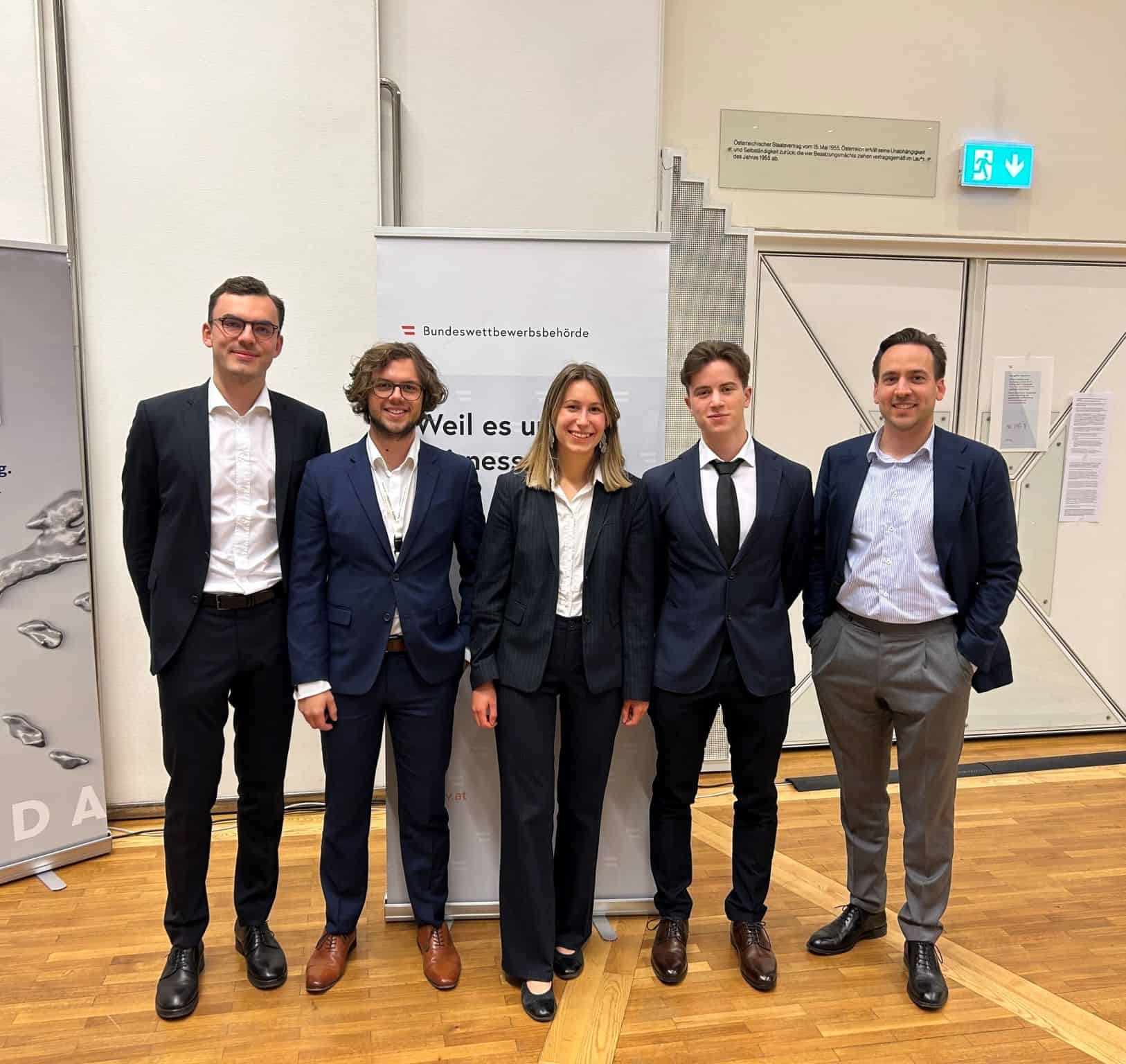In today’s economic climate, pressure is increasing on organizations to optimize the efficiency of their workforce and the costs of their business.
For many organizations, there is now an urgent need to adapt to changes in both global and national markets.
Planning a workforce transformation project in Austria
When planning a workforce transformation, an employer must first decide on which of the many options they want to utilize for their project. Such projects will often be carried out via personnel restructuring, transfer of employees or termination of employment relationships.
Additional options to consider in workforce transformation projects are matrix reporting structures and remote work.
If an employer is planning to terminate a large number of employees to meet certain thresholds in the course of the workforce transformation project, then it must comply with the provisions of the “early warning system” (Frühwarnsystem). The “early warning system” stipulates that employers must notify (in writing) the regional office of the Austrian Employment Agency (AMS) overseeing the business location in advance of dissolving or terminating employment relationships. Following this advance notice to AMS, the employer must also wait for at least 30 days before issuing notices of termination. If employers do not comply with this system, the subsequent terminations are deemed null and void.
Furthermore, if the planned workforce transformation includes the termination of employees, employers should assess whether the respective employees might enjoy special protection from termination (e.g., members of the works council, employees on parental leave or parental part-time arrangements). Before proceeding with terminations for the affected employees, the employer should seek the cooperation of the works council and clearly state the timing for the planned transformation measures.
Information and consultation obligations
Depending on the selected workforce transformation methodology, different information and consultation obligations must be followed. Prior to the termination of an employee, the employer must notify the works council, which has one week to provide comment on the matter.
The permanent reassignment of one or more employee(s) to another position must be reported to the works council without delay. If the transfer to another position entails a reduction in remuneration or other working conditions, the approval of the works council is required for the transfer to be legally effective.
If the works council does not provide its consent, the employer may seek a court order to validate the transfer. The court will consent in cases where the transfer can be “objectively justified”.
If an employee demonstrably requests to consult with the works council prior to signing a mutually agreed termination agreement, the employer must allow two working days to lapse prior to concluding any agreement.
Therefore, for most workforce transformation processes, the works council must, at least, be informed. In certain circumstances, the works council’s consent must be obtained prior to the termination.
If employers plan to implement a remote working environment, they must do so via written agreements with the concerned employees. It is also possible to conclude a work location-specific agreement with the works council regarding remote work. As there are different options concerning matrix structures, the information and consultation rights of the works council must be reviewed for each case.
However, when in doubt, it is strongly recommended that employers inform the works council about planned workforce transformation projects, as this will ensure:
- That no laws are disregarded
- That the employer can develop a good working relationship with the works council during the project
If the works council does not exist, employees must, in any case, be informed about certain major changes to their work environment (e.g., in the case of a business transfer, change of the applicable collective bargaining agreement or any other aspects that form an integral part of the employment agreement).
Limiting the negative impact
The negative consequences of a change in operations can be mitigated by means of a “social plan”. A social plan is a work location-specific agreement that defines measures to prevent, eliminate or mitigate the consequences of a change in operations. Organizations without a works council cannot implement a social plan; Likewise, a works council must take into account the economic situation of the company when commenting on social plans.
A change in operations implies the following:
- The restriction or shutdown of the entire establishment, or parts of it
- The termination of a number of employment relationships requiring notification under the early warning system (see above)
- The relocation of the entire establishment or parts of it
- The merger with other establishments
- Changes in the purpose of the business, its facilities, the organization of work and operations, or the organization of branches • The introduction of new working methods
- The introduction of significant rationalization and automation measures into the organization’s operations
If there is a change meeting the above criteria, the employer may wish to develop a social plan to limit the negative consequences for affected employees. Typical contents of social plans are payments:
- voluntary severance payments,
- compensation allowances
- travel allowances or
- relocation allowances
- the continued use of company housing,
- the deferral of repayment of employer loans and re-employment promises in the event of changed circumstances
The works council must not waive the right to exercise its participation rights in connection with transfers or terminations. Furthermore, the agreed social plan must not interfere with remuneration claims based on individual or collective bargaining agreements (e.g., to compensate for the waiver of time off during the notice period or to agree on attendance bonuses).
Estimated timeline
As the timeline for a workforce transformation project depends on the kind of transformation, the size of the company and other factors. Employers should, in general, expect that the necessary processes take between three to six months. Some projects, like a complete change of business focus, redeployment or other large-scale transformations may take several years to conclude.
Estimated costs
When agreeing a social plan, including a voluntary severance payment, the employers and the works council must settle on a specific calculation method. This calculation usually considers the age of the employees, their years of service with the company and the social aspects of the restructuring plan, such as employees’ support obligations.
Employees who started working before 1 January 2003 might also be subject to the old severance scheme and therefore have a statutory entitlement to a statutory severance pay.
Furthermore, certain collective bargaining agreements include severance pay entitlements. The age of the employees, the type of workforce transformation, the size of the company, the entity and many other factors contribute to the variation in the costs of a workforce transformation project.

Understand legal regulations on workforce transformation
- Our legal services: Labor and employment law in Austria
- All news from EY Law




